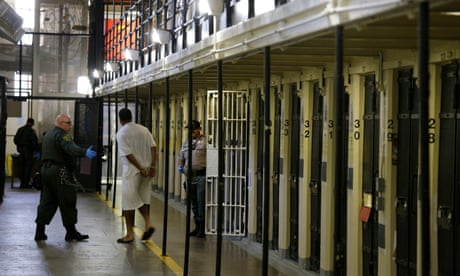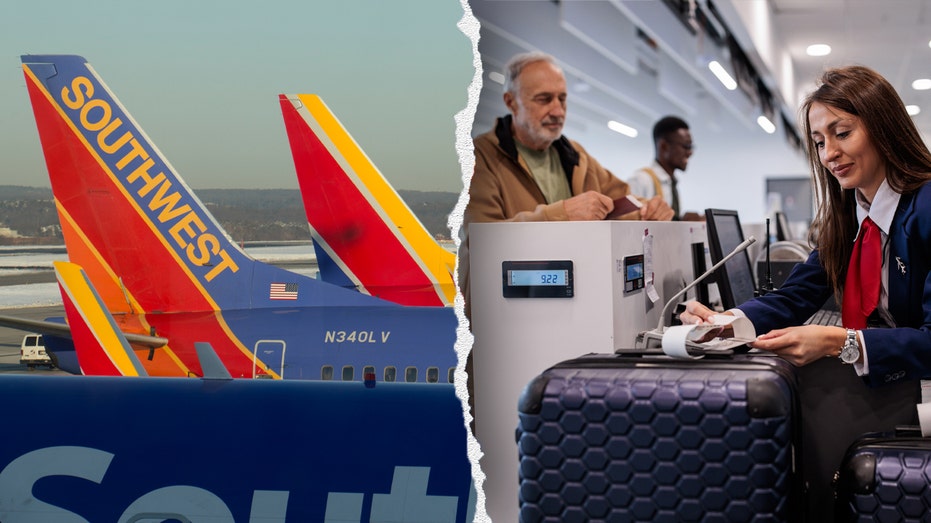- by foxnews
- 14 Mar 2025
California says it’s starting to close country’s second-biggest death row
California says it’s starting to close country’s second-biggest death row
- by theguardian
- 01 Feb 2022
- in news

California is moving to dismantle the second-largest death row in the US, three years after the governor placed a moratorium on executions.
The state will move all incarcerated people in the death row section of San Quentin state prison to other prisons within two years, officials said.
"We are starting the process of closing death row to repurpose and transform the current housing units into something innovative and anchored in rehabilitation," the corrections department spokesperson Vicky Waters told the Associated Press.
California, which last carried out an execution in 2006, is one of 28 states that maintain death rows, along with the US government, according to the Death Penalty Information Center. While other states have abolished executions, California is merging its death row population into the general prison population with no expectation that any will face execution anytime in the near future.
Oregon similarly transferred its much smaller condemned population to other prison housing two years ago.
The California governor, Gavin Newsom, imposed a moratorium on executions in 2019 and shut down the state's execution chamber at San Quentin, the historic prison north of San Francisco. Now his administration is turning on its head a 2016 voter-approved initiative intended to speed up executions: officials are capitalizing on one provision that allowed people to be moved off death row.
Corrections officials began a voluntary two-year pilot program in January 2020 that as of Friday had moved 116 of the state's 673 people on death row to one of seven other prisons that have maximum security facilities and are surrounded by lethal electrified fences.
They intend to submit permanent proposed regulations within weeks that would make the transfers mandatory and "allow for the repurposing of all death row housing units", Waters said.
The ballot measure approved six years ago also required those on death row to participate in prison jobs, with 70% of the money going for restitution to their victims, and corrections officials said that was their goal with the transfers. By the end of last year, more than $49,000 in restitution had been collected under the pilot program.
Newsom's proposed budget for the fiscal year starting 1 July seeks $1.5m to find new uses for the vacant death row housing.
It notes that death row and its supporting activities are in the same area as facilities used for rehabilitation programs for those held in medium-security San Quentin. The money would be used to hire a consultant to "develop options for [the] space focused on creating a positive, healing environment to provide increased rehabilitative, educational and healthcare opportunities". People on death row are not being resentenced through this process.
San Quentin's never-used $853,000 execution chamber is in a separate area of the prison, and there were no plans to "repurpose" that area, Waters said.
California voters supported the death penalty in 2012 and 2016, though legislative opponents have said they hope to put the issue before voters again in coming years. An advisory panel to Newsom and lawmakers, the committee on revision of the penal code, in November became the latest to recommend repealing the death penalty, calling it "beyond repair".
Under the state's transfer program, people on death row moved to other prisons can be housed in solitary or disciplinary confinement if officials decide they cannot be safely housed with others, although they are supposed to be interspersed with others. Those on death row are housed one to a cell, but when transferred can be housed with others if it's deemed safe.
"There have been no safety concerns, and no major disciplinary issues have occurred," Waters said.
Under current rules, people on death row can be transferred unless they are in restricted housing for disciplinary reasons, have pending charges, or have been found guilty of certain disciplinary offenses in the past five years.
But they also are "carefully screened to determine whether they can safely participate in the program", according to the department. That includes things like each person's security level, medical, psychiatric and other needs, and their behavior, safety concerns and notoriety.
Women on death row are housed at the Central California Women's Facility in Chowchilla. They can transfer to less restrictive housing within the same prison, and eight of the 21 have done so.
- by foxnews
- descember 09, 2016
Southwest flyers fire back over airline ending free checked bag policy: 'Nail in the coffin'
Southwest has customers sounding off after the airline announced an end to its checked bag policy, leading some flyers to say they'll "boycott" the airline.
read more


